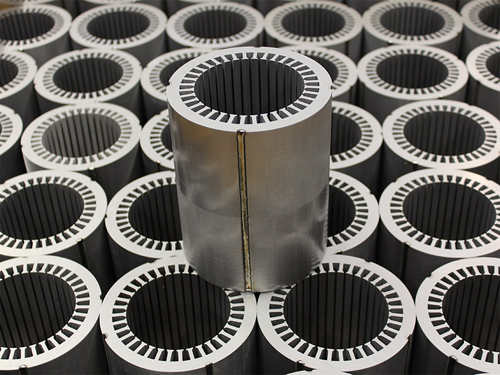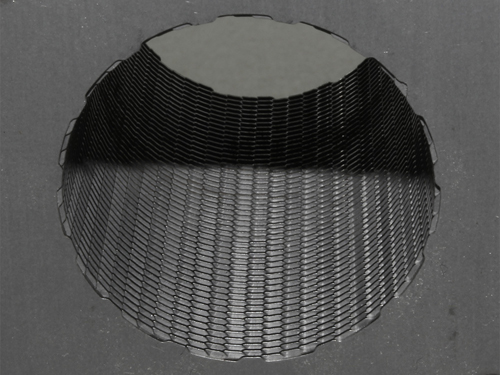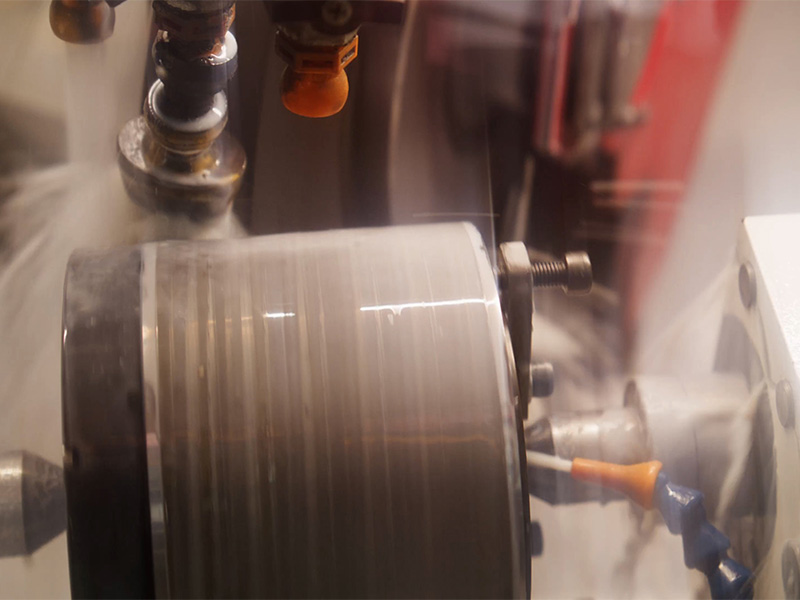Complementary technologies cut costs
Coordinating the production chain with the component brings cost advantages. It is well known that a large proportion of the subsequent series production costs are incurred during the design of the component. In so far as possible, not only the component, but also the interfaces in the motor and in the process should be known and optimized.
Comprehensive professional expertise in complementary technologies
Our professional expertise in adjacent or integrable technologies is as strong as our core competence in producing lamination stacks. We improve the value chain or integrate additional functions into the component using complementary technologies, something which saves money.
Welding
We achieve the desired lamination stack quality thanks to our many years of experience in the welding of lamination stacks using the technologies TIG welding, plasma welding, and laser welding as well as the selection of the optimal welding method.
Precision shape hole
The precision shape hole is a connection technology between the shaft and the lamination stack. It does not require any expensive heating processes, but can be integrated into the existing punching and stacking process. SWD has already produced more than 1.5 million parts in series manufacturing.
Mechanical processing
Mechanical processing such as grinding, honing, milling, and drilling can be carried out thanks to the high level of stiffness and density of the lamination stacks. Downstream chemical processing to eliminate short circuits between the laminations is standard.
FAQ’s about complementary technologies
The form-fit bore is a highly efficient method for securely and precisely connecting a shaft to the lamination stack.
The bore is created with a specially designed geometry and applied layer by layer with rotational offset, ensuring a positive-locking (form-fit) connection between shaft and stack.
This technique results in an exceptionally strong and load-resistant bond—without the need for additional processing steps.
Moreover, the joining process can be carried out at room temperature, further simplifying production and reducing manufacturing costs.
Bonded lamination stacks offer outstanding structural stability, making it easy to incorporate features such as drilled holes and threaded inserts.
We have also successfully implemented the winding of axial flux rotors directly onto hubs.
Additionally, post-processing techniques such as grinding or honing can be employed to achieve tighter tolerances and enhance thermal transfer.
These capabilities enable the flexible and functional integration of features that can be perfectly tailored to meet the demands of advanced, high-performance applications.



